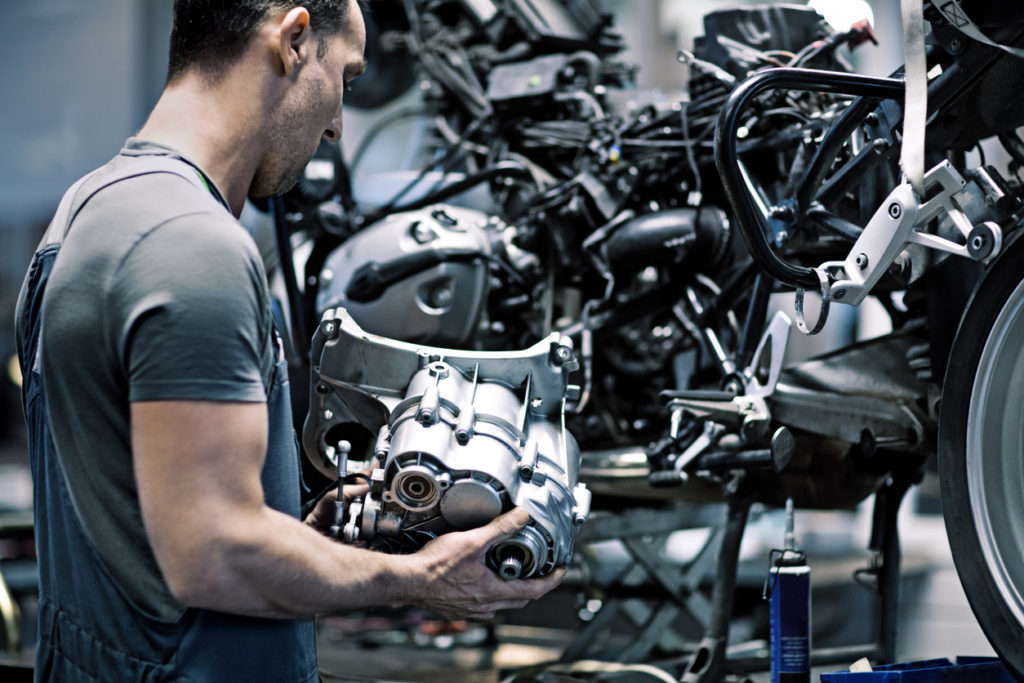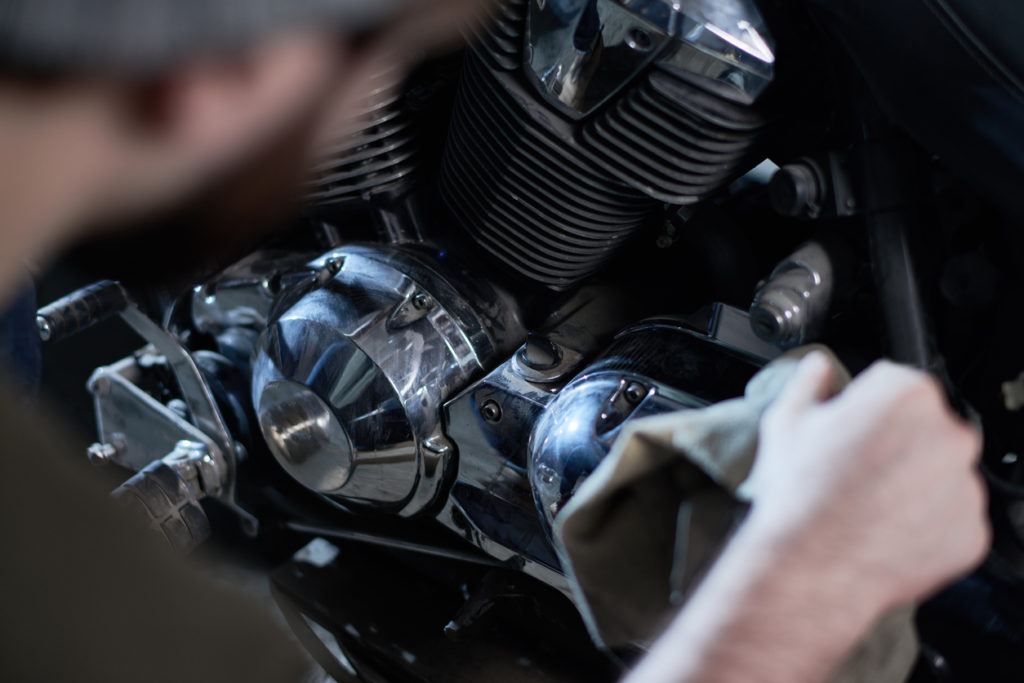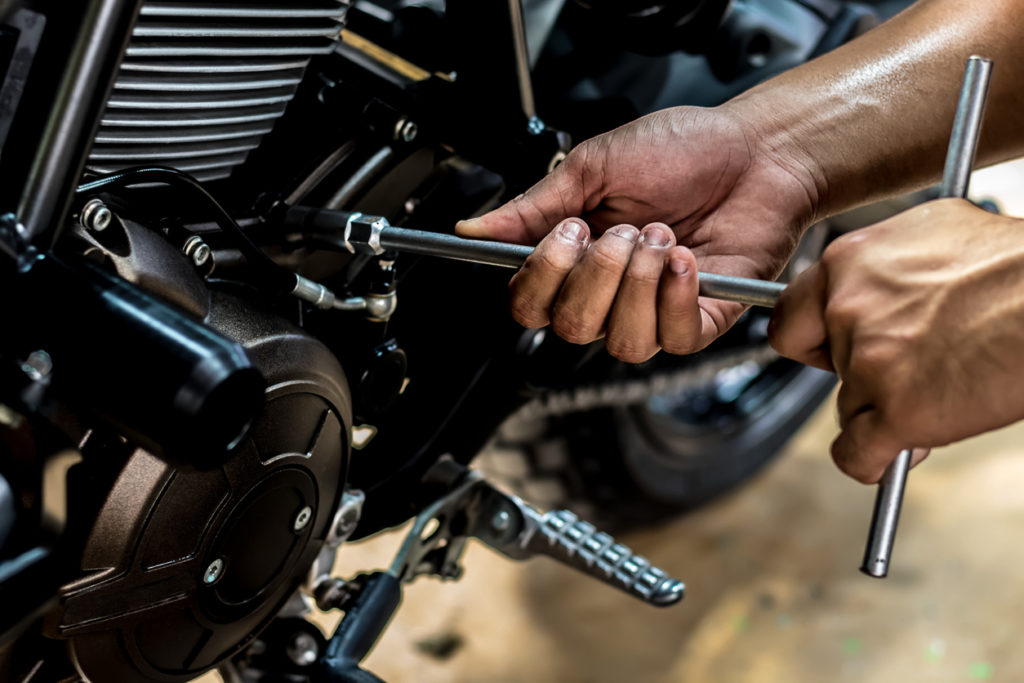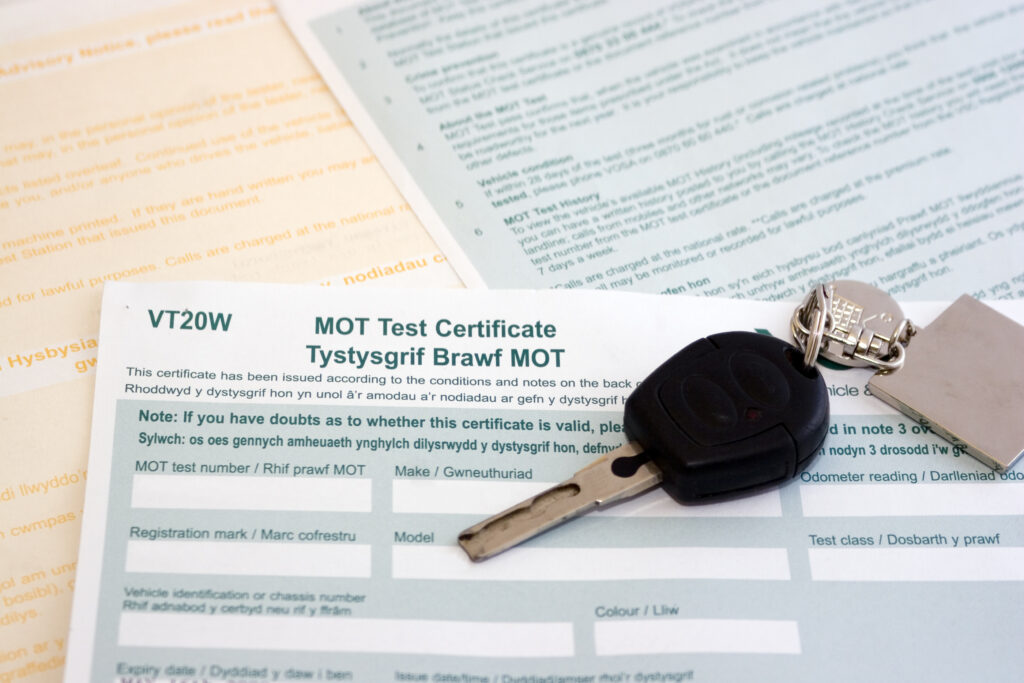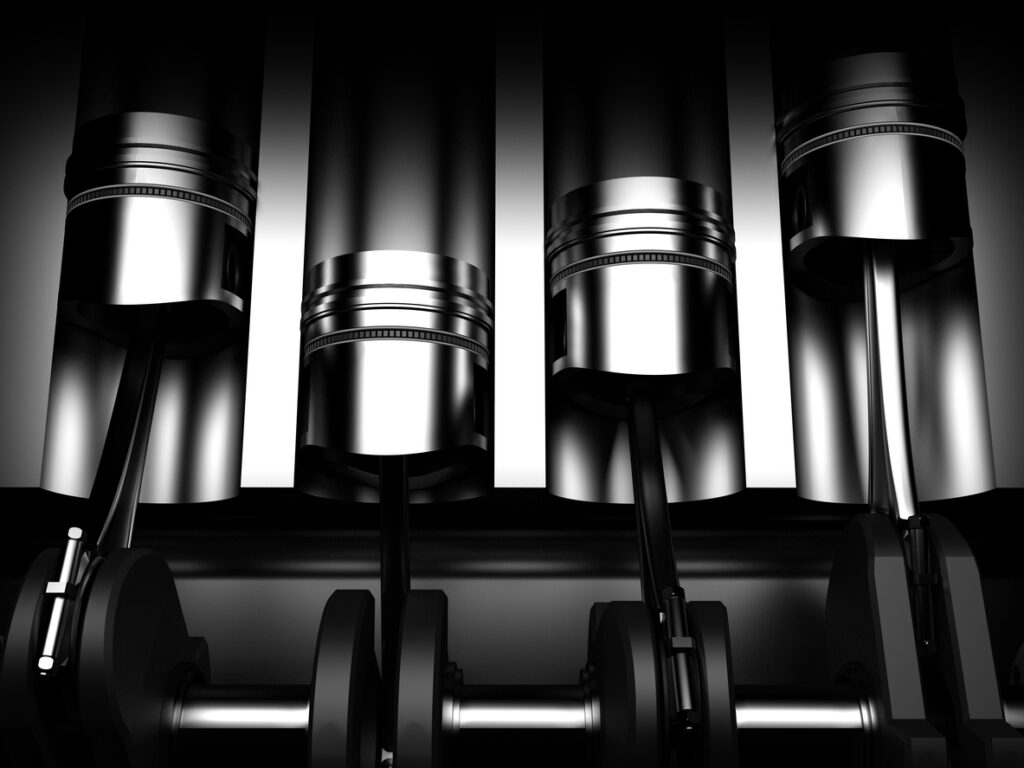Motorcycles are comparable to cars in that there are multiple different types of engines for powering them down the road. Indeed, there is a surprisingly high number of engine variations used for motorcycles, each classified by layout, stroke, cylinder number and cooling method.
Regular Redex blog readers will know that we’re fascinated by all things combustion-powered. That’s why today’s feature is all about motorcycle engine types, including their different sizes, layouts, and variations.
So whether you’re new to two-wheeled travel or are interested in switching bikes, this resource offers a detailed look at the key differences between the most common motorcycle engines. We’ve also served up some additional tips on how to clean and maintain a bike engine, including using Redex fuel additives.
Motorcycle engines types explained
Whether you’ve recently received your motorbike licence or you’ve clocked hundreds of thousands of miles on your hog, we bet you’re pretty interested in the different engine types available. There are dozens of different types that are classified by a range of factors, and we’ll cover these below.
What are the different motorcycle engine layouts?
There may be limited space onboard a motorbike, but that hasn’t stopped manufacturers from developing new layouts to increase performance while saving weight. Like cars, motorcycle engine layouts are dictated by the number of cylinders and the general setup, with eight categories covering most models of bikes, including:
- Single
- Parallel-Twin
- Inline-Three
- Inline-Four
- V-Twin
- L-Twin
- V4
- Flat-Twin
What’s the difference between a 2-stroke and a 4-stroke motorcycle?
After the layout, the next category that defines a motorcycle engine is the stroke number. There are two main stroke variations for motorcycle engines, two and four, with the key difference being the number of times the piston moves for every combustion cycle (you guessed it – twice for a two-stroke and four times for a four-stroke engine).
Generally speaking, two-stroke motorcycle engines are on their way out, purely because they’re nowhere near as efficient or as economical to run as their four-stroke counterparts. However, engine size does dictate this, with lots of low-powered mopeds with a 50CC engine still featuring a two-stroke powertrain.
How are motorcycle engines cooled?
Another factor that classifies a motorcycle’s engine type is the method of cooling. All motorcycle engines are either liquid-cooled or air-cooled; we’ll explain how these differ below:
- Air-cooled motorcycle engines: Air-cooled engines feature fins which effectively expose the engine to a greater volume of air as you’re riding down the road. This helps to dissipate heat with no other method of cooling required.
- Liquid-cooled motorcycle engines: Liquid-cooled engines are much like car engines in that they rely on a constant circulation of liquid to dissipate excess heat. They even feature similar components to their four-wheeled counterparts, including a radiator, hoses, and coolant reservoir for topping up the system.
As you might have guessed, bigger and more powerful motorcycle engines tend to require a liquid cooling system, while smaller-capacity bikes can make do with air cooling alone. We’ll cover the different motorcycle engine sizes and capacities below.
What are the different sizes of motorcycle engines you can get?
Motorcycle engines differ broadly in size, capacity, and power output. This is represented by a “CC” rating, which is a term used specifically for classifying a motorcycle’s performance.
Typically, motorcycle engines are classified into ten CC categories, including:
- 50CC
- 125CC
- 250CC
- 300CC
- 400CC
- 500CC
- 600CC
- 750CC
- 1000CC
- 1000+CC
It’s legal to ride bikes at the lower end of the CC scale, including 50CC and 125CC bikes, on a CBT licence. Anything over that and a full motorcycle licence is required in the UK.
So, there you have it, an in-depth look at all the ways motorcycle engine types can differ. Depending on the model and manufacturer, there are almost countless different setups and capacities, so you’ll need to do plenty of research to find the bike that’s right for you.
How do I clean and maintain a motorcycle engine?
Cleaning and maintaining a motorcycle engine is much simpler than doing the same for a car, simply because all the components are much easier to access. With that said there are a couple of pointers to consider when it comes to caring for your bike, as we set out below…
- Check and service the oil at least every 4,000 miles or every 6 months, whichever comes first.
- Clean and lubricate the engine at regular intervals. Be sure to read our complete guide to cleaning a motorcycle for detailed steps on how to do this safely.
- If your bike has a liquid-cooled engine, be sure to check the coolant level regularly, just like you would with a car. The level should always be at the maximum mark for the most efficient cooling performance.
- Inspect, clean and lubricant the chain regularly. While this isn’t part of the engine itself, it’s still an integral part of your bike’s powertrain, so regular maintenance is essential.
- If your bike has been left standing for a long period – say over the winter – it’s recommended to replace the fuel with fresh before your first ride out. The simplest way to remove old fuel is with a baster inserted directly into the fuel tank. It’s worth using a motorcycle engine fuel additive too, which we’ll get to next.
Can I use engine additives in a motorcycle?
Yep, you can. Fuel additives like Redex Petrol System Cleaner are perfectly safe to use in motorcycles or any other engine for that matter – be it a lawnmower, compressor or radio control car.
Fuel additives work to remove harmful deposits from your bike’s fuel system, improving efficiency and long-term engine health. Redex fuel additives are safe to use whenever you top up the tank.
How much fuel additive should I use in a motorcycle?
When using fuel additives like Redex in your motorcycle, we’d recommend 2.5ml of Redex per every litre of fuel.
Have you enjoyed this guide? Then stay tuned to the Redex blog for more motorcycle guides and features. Or if you’re interested in learning more about the technology behind our fuel additives, head here to explore the full range.

